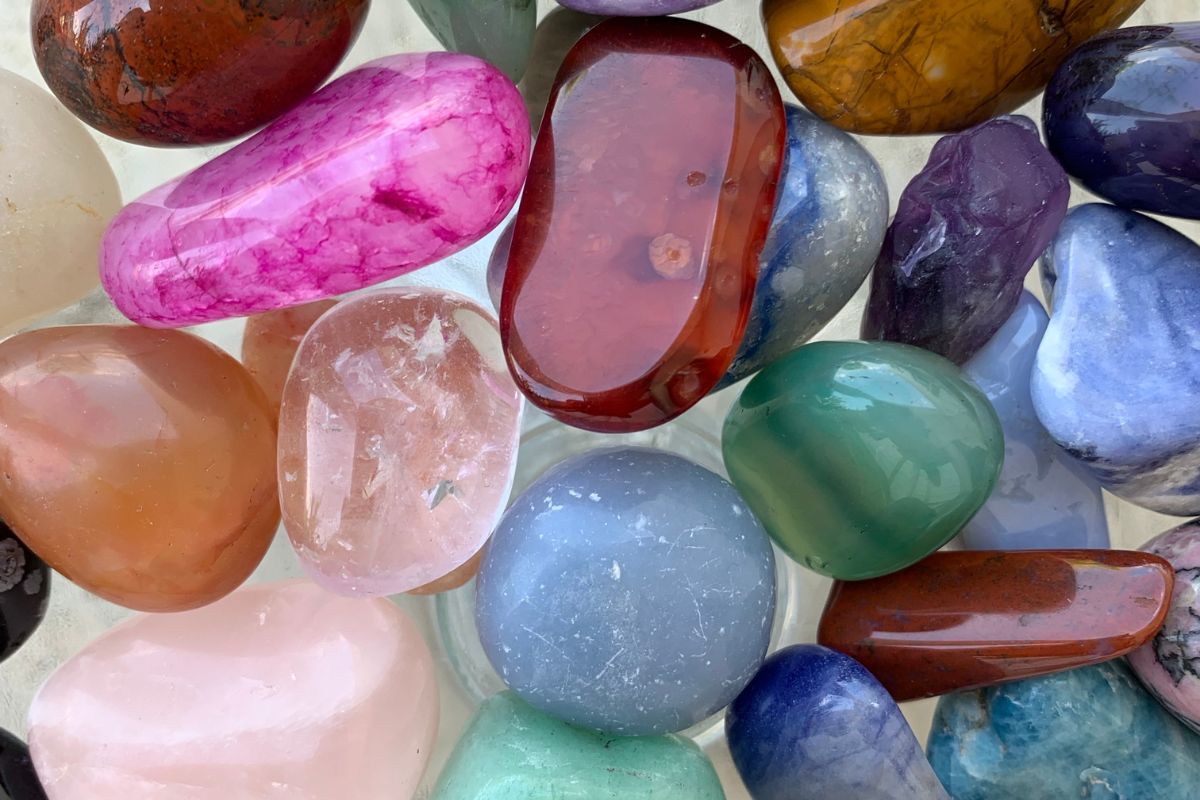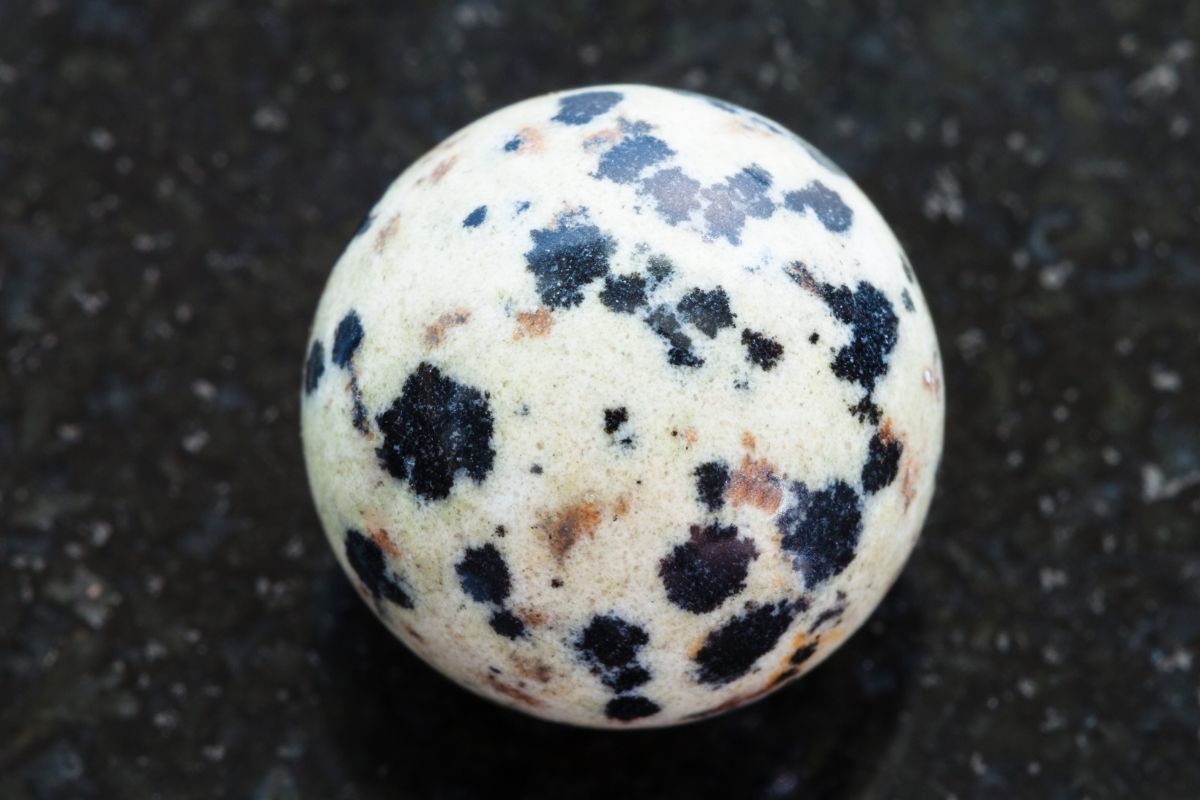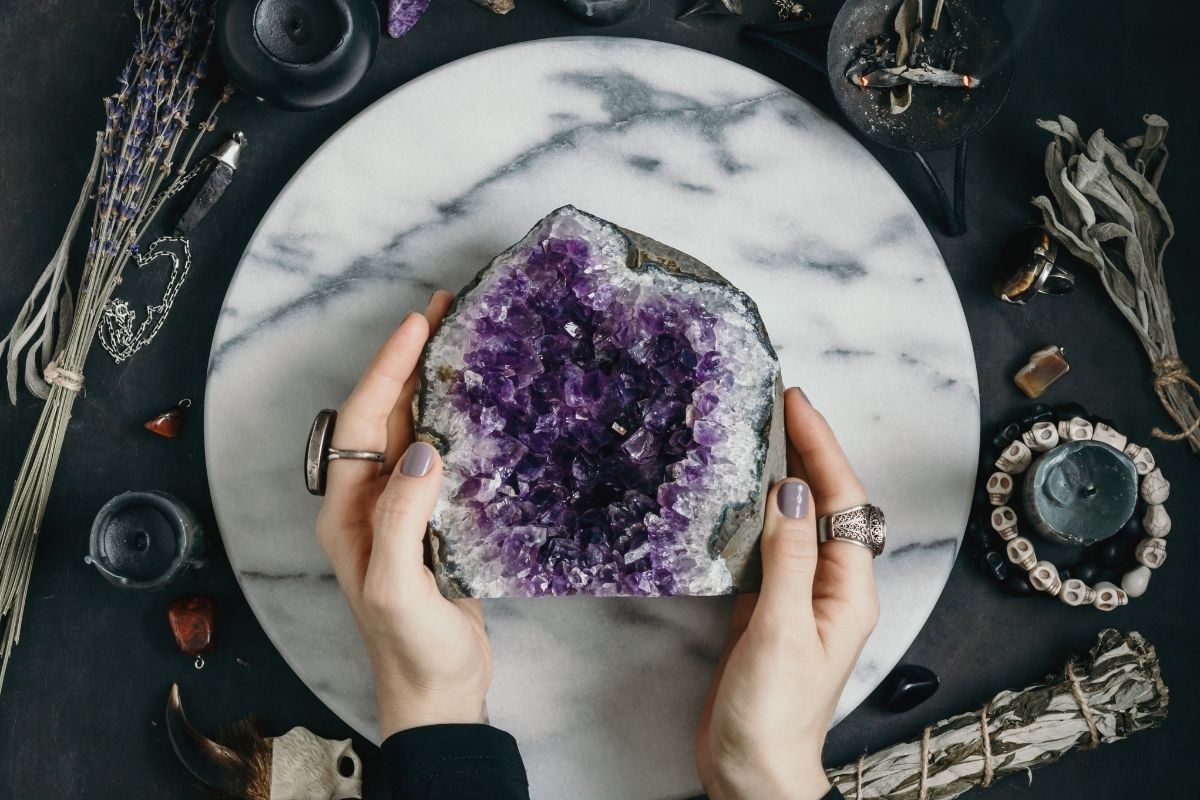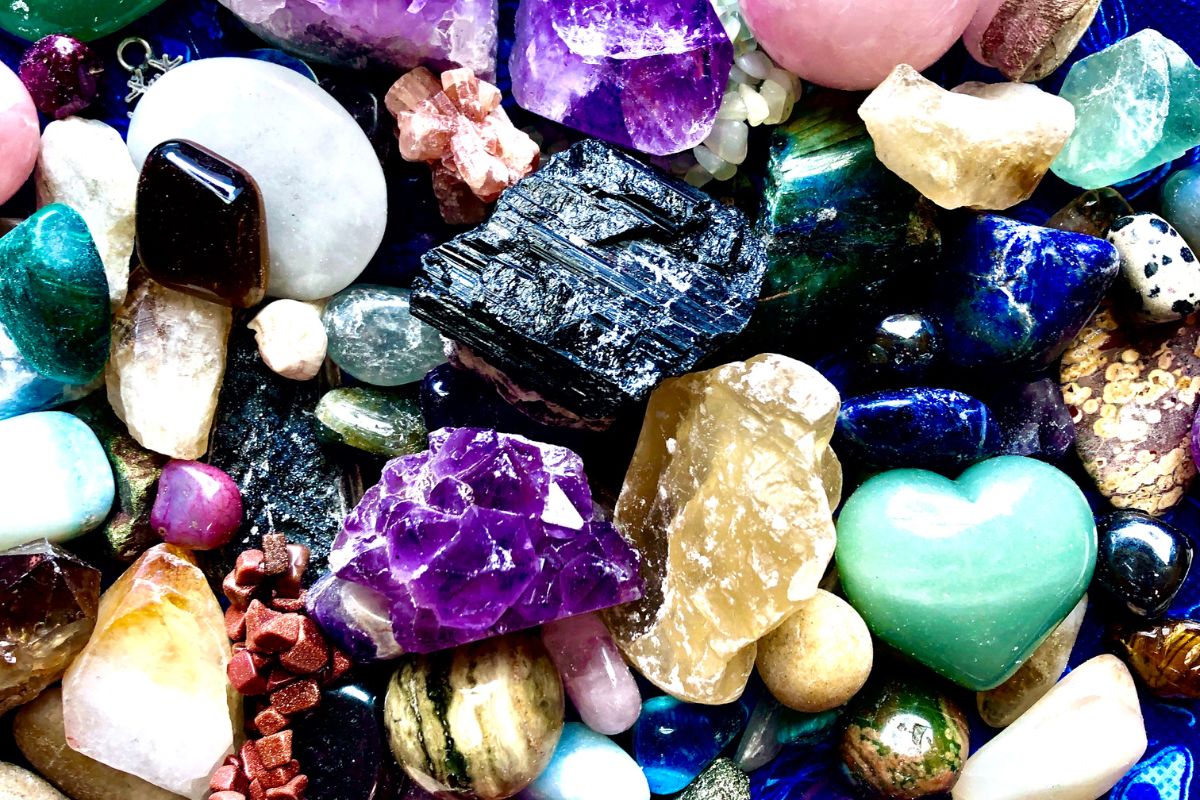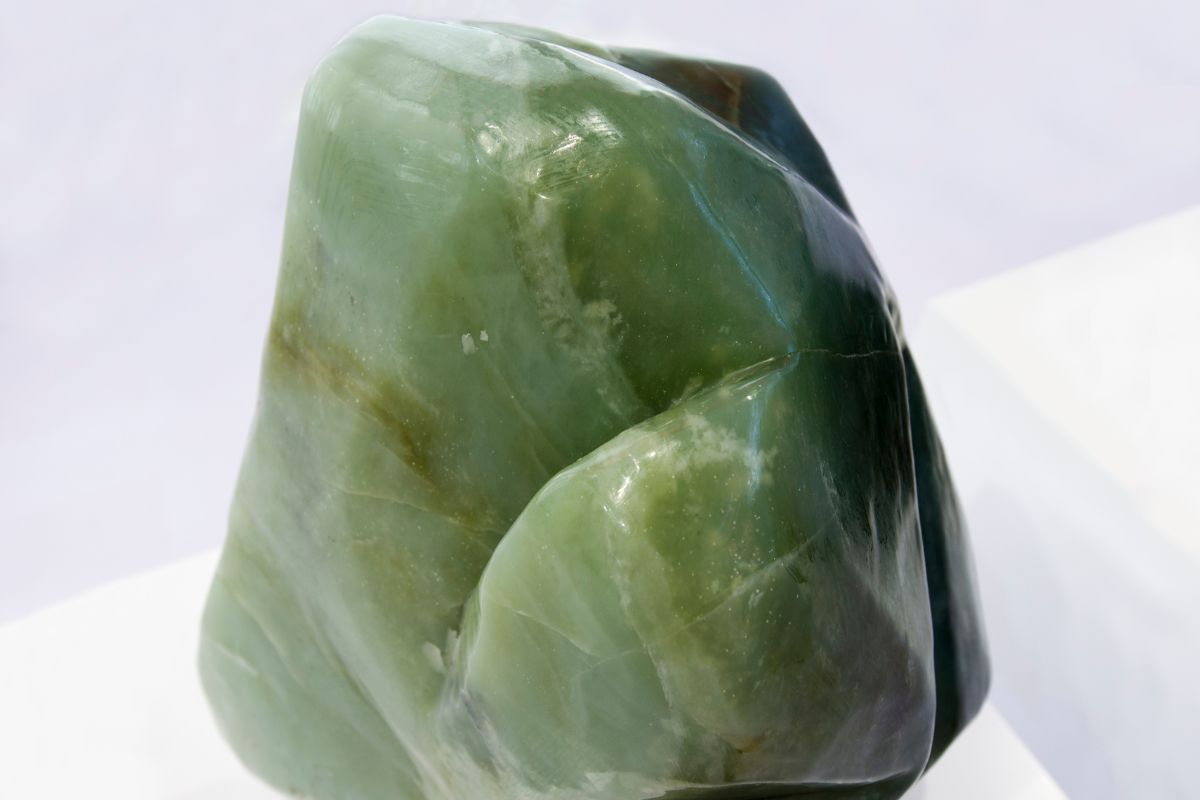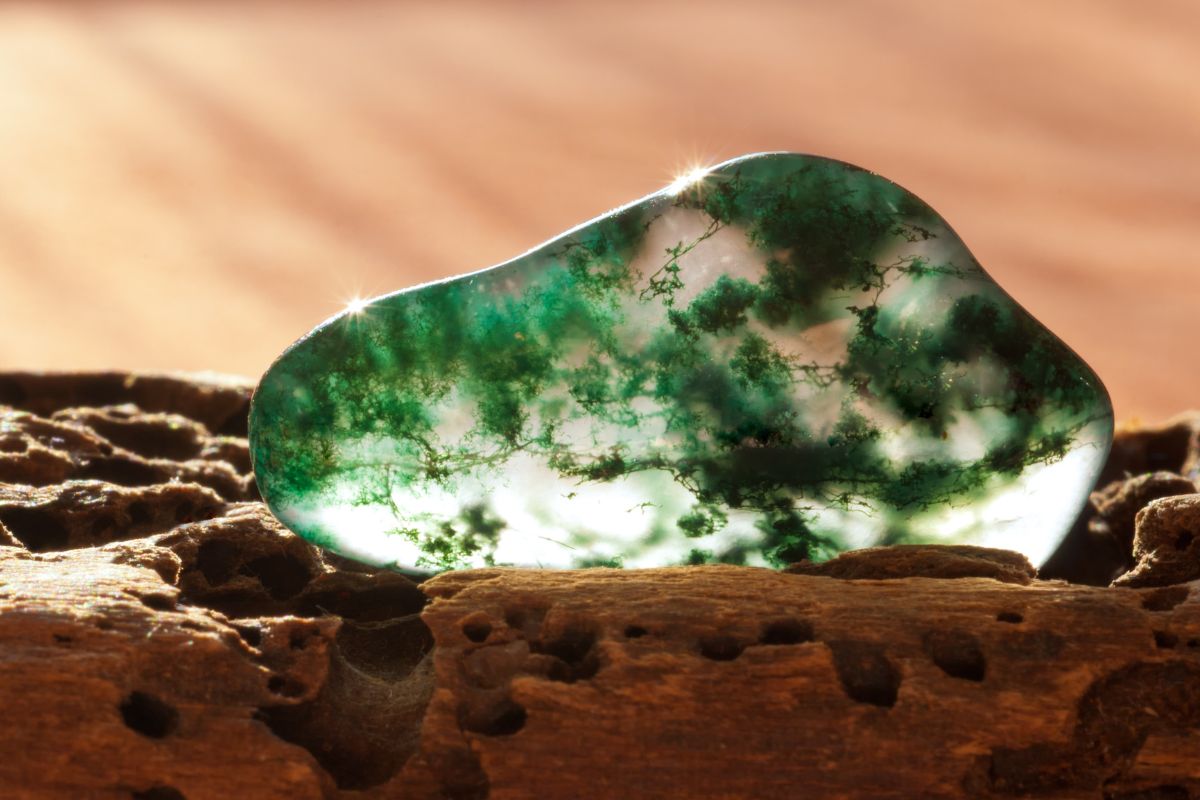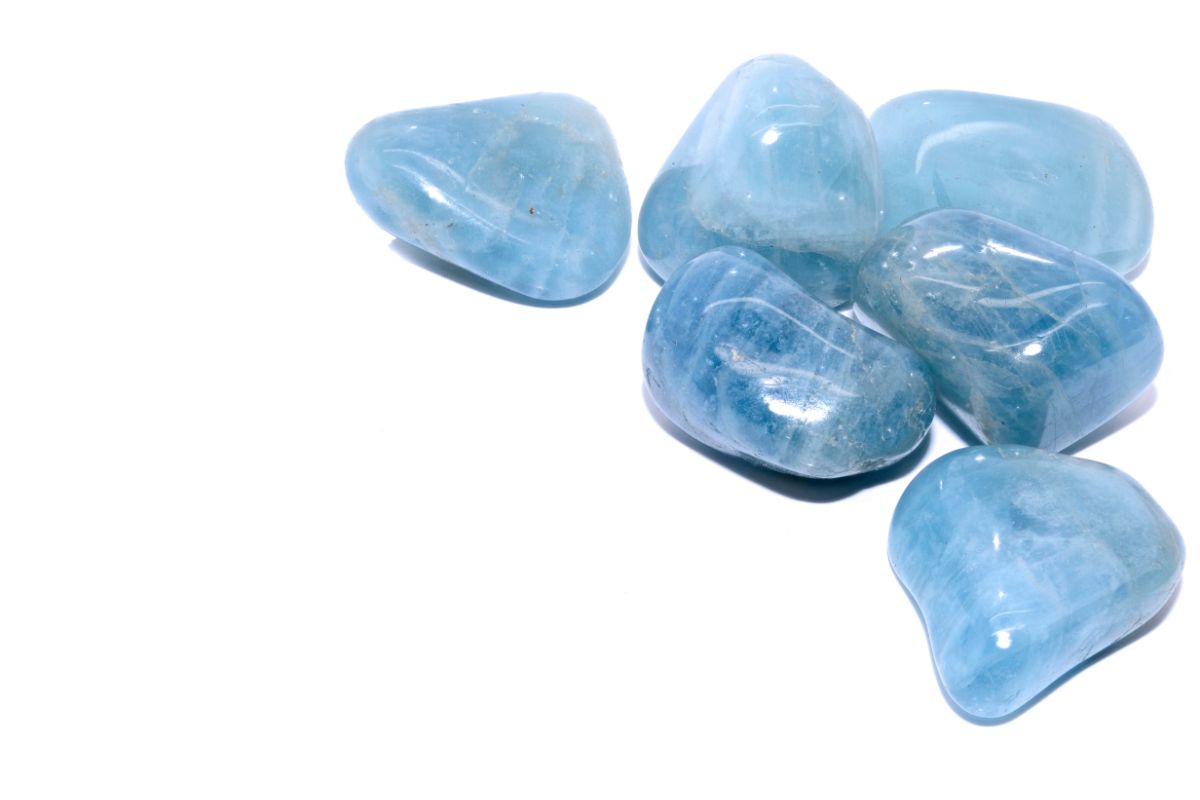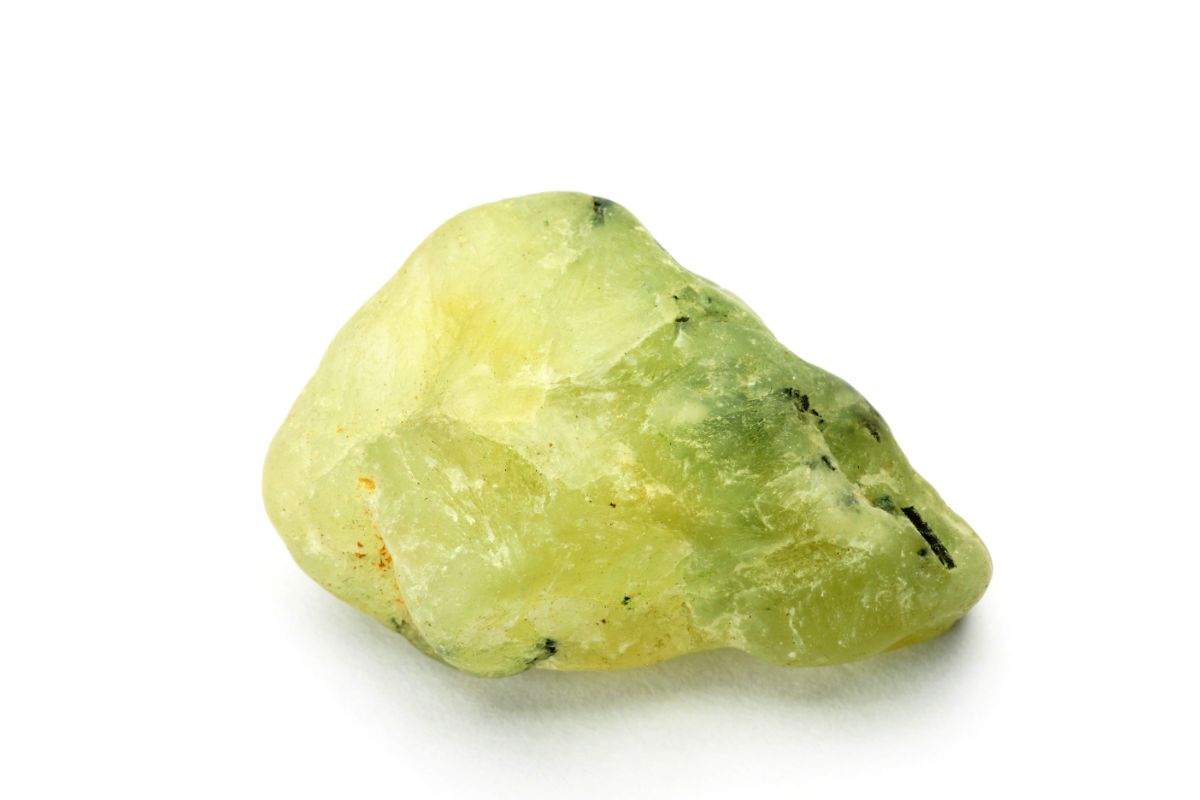Both purple fluorite and amethyst are beautiful crystals which have a distinct purple appearance which helps them stand out from other crystals. Because they both share this quite unique trait they often get mistaken for each other.
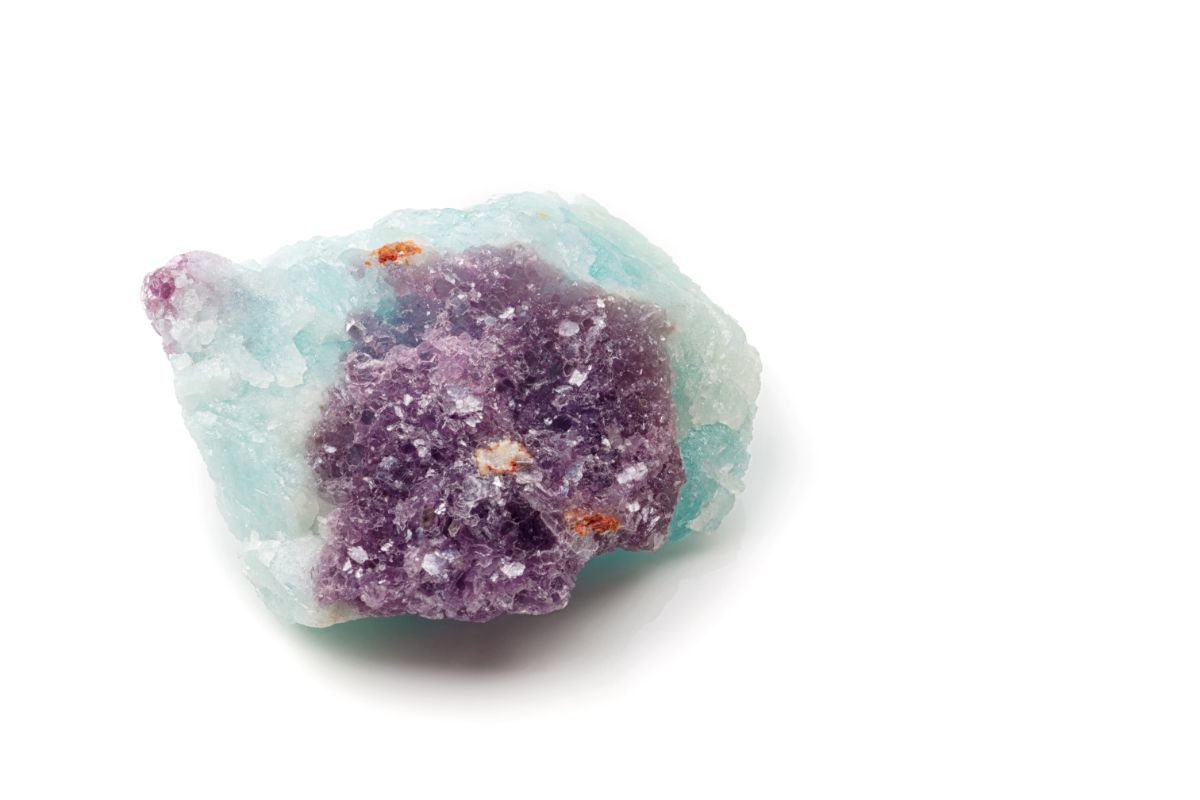
In spite of this purple fluorite and amethyst are actually quite different from each other and have some differences which are not that difficult to find.
So, if you are interested in learning more about purple fluorite or amethyst, but you want to know what separates them from each other, then keep reading to get all the information you need on what separates these two purple crystals!
Main Differences Overview
Like many different things, one of the easiest ways to tell the difference between two different types of crystals is to compare them in different categories.
This section will give a quick overview displaying the main differences and similarities between purple fluorite and amethyst so you can help identify which is which (see also ‘Crystal Identification – The Best Apps, Color Charts, And Guides To Identify Your Rock‘)!
As we already know the main similarity between purple fluorite and amethyst is that they both share a purple color. They both come in varying shades of purple so it is not possible to say that one tends to be a certain shade of purple since both vary in this category.
Where these two crystals do differ is in where they are found. Naturally, purple fluorite is found in China, Russia, South Africa, and in parts of the USA, whereas you will naturally find amethyst in Uruguay, Brazil, Madagascar, and Canada.
Also, both of these crystals are classified as being common when it comes to their rarity.
There are some more differences when we look at the technical classifications of these crystals. For example, the mineral class of purple fluorite is Halide, whereas it is Silicate for amethysts.
They also have a difference in their MOH hardness rating, the hardness level of purple fluorite being 4, but the hardness level of amethyst is significantly higher at 7.
Both have different crystal systems, with the one for purple fluorite being isometric, while the crystal system for amethysts is hexagonal. However, it should be noted that both of these crystals have a vitreous luster.
The formula for purple fluorite is CaF2, while it is SiO₂ for amethyst. When it comes to the specific gravity of each, it is 3.2 for purple fluorite, while it is between 2.6 and 2.7 for amethyst.
Both of these crystals are also seen as having different healing qualities. The physical healing properties of purple fluorite (Also check out Lavender Fluorite) strengthen your bones as well as your teeth, while amethyst is known for helping you fight addiction.
They both also have emotional healing properties with purple fluorite helping improve your concentration and your focus, while amethyst is better for fighting anxiety and sources of stress.
These crystals also have metaphysical properties with purple fluorite helping you connect with your spirit guides, while amethyst opens you up to better intuition.
The zodiac signs connected to each crystal are different, with purple fluorite being connected to Capricorn and Pisces, while amethyst is connected to Virgo, Aquarius, and Sagittarius.
It is worth noting that amethyst is also the birthstone for February, while purple fluorite is not a birthstone for any month. Both of these crystals do have the same chakra though, with them both being connected to the crown, and the third eye.
These crystals are both connected to different planet, with purple fluorite connected to Mercury, while amethyst is connected to Jupiter.
Both of these crystals also have different elemental affiliations with purple fluorite being connected to the wind, and amethyst being connected to the water and the air.
There are also different numbers associated with each stone with 7 and 9 connected to purple fluorite, while 3 is associated with amethyst.
What Is Purple Fluorite?
Purple fluorite is a crystal which is based on calcium as well as fluorine, and it is also part of the Halides family as was mentioned in the previous section.
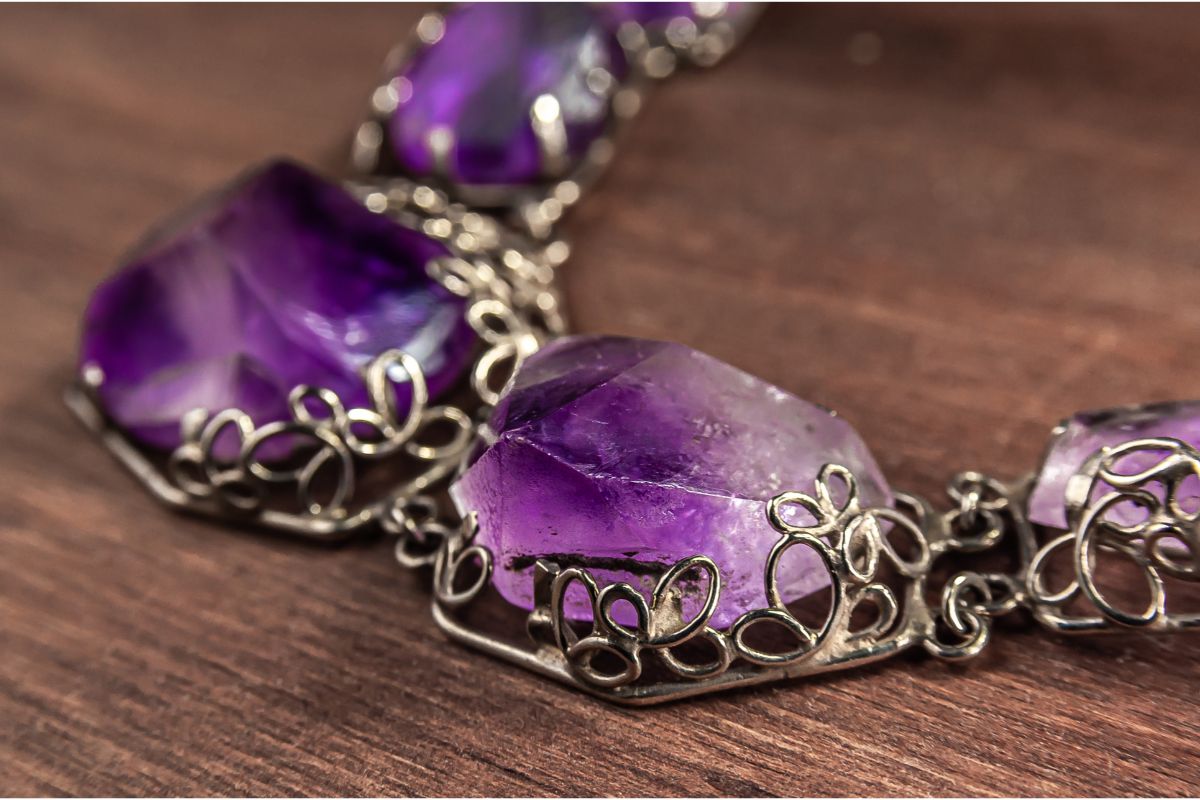
While this crystal is not as well known as amethyst is, it is still quite popular with crystal collectors, and it is particularly sought after by crystal healers because of its properties.
Historically, ancient Chinese communities highly respected purple fluorite because of how beautiful it is, as well as believing it had the ability to protect you from any nightmares or bad dreams.
Generally speaking, you will find purple fluorite in the form of a cube, however it does come in other shapes. It also comes in multiple shades of purple being anywhere between violent and lavender.
However, it is worth noting that the MOHs hardness rating of the stone is much lower than amethyst being only a 4.
This means that purple fluorite is actually quite soft, the color of the stone can also start to fade after it has had prolonged exposure to any sources of light.
Because of its low hardness rating, we also advise against keeping it in water for extended periods of time. You should definitely avoid making gem elixirs with purple fluorite as well.
As was also mentioned in the previous section, you can find purple fluorite in plenty of different countries, with the most common sources for this gem being in South Africa, China, Russia, and the USA.
You will commonly find purple fluorite with deposits of cobalt, galena, and sphalerite as well. It is also worth noting that purple fluorite is not the only type of fluorite which you can find with, pink, yellow, and green varieties also being quite common.
These different colors are caused by different impurities which change the color.
Healing Properties Of Purple Fluorite
We have mentioned it a couple of times, but purple fluorite is quite a powerful stone, with its best qualities being focused on increasing your concentration and your focus. It is also very closely linked to the third eye and the crown chakras.
People often also use purple fluorite to improve their communication with their spirit guides to help them connect to higher realms. Purple fluorite is thought to stimulate your mind centers and is generally good for expanding your mind and opening you up to experience and learn new things.
By using purple fluorite you are opening yourself to a new view of reality ad you can challenge your preconceptions about the world.
Some people wear purple fluorite or carry it with them to aid them in overcoming their negative behavior or to help them in seeing more new possibilities.
Generally speaking, it is a stone which will stimulate your mind, so because of this a lot of students wear purple fluorite when they are studying or taking tests. Some people even carry it when they are negotiating or doing an interview.
One of the other positive healing attributes of purple fluorite is how it can help you overcome anxiety and stress and will generally relieve you and heal you from the influence of any negative thoughts you might be experiencing.
Purple fluorite has helped people understand the root of their fears and has given people the strength to be more honest with themselves.
Purple fluorite is also a dream crystal and people often use it to help with protecting them from nightmares and bad dreams. Some also place it underneath their pillow when they sleep to aid in stopping sleep paralysis.
It has some more physical healing properties as well with the stone being used to help ease headaches and to stimulate your immune system. On top of this is can also help with adding strength to your bones and your teeth.
This is why it is used by some people who have arthritis or rheumatism since it can lower the pain you experience from inflammation. It has also helped some people with the dizziness you can experience with vertigo.
What Is Amethyst?
Amethyst is a crystal made up from silicon dioxide and it tends to contain traces of iron. It is also classified as a different type of quartz, and it is classified under the Silicates family.
It is also one of the more popular crystals with it being the most well known purple gemstone. This is why you find it being used in a lot of jewelry as well as some home decor as well.
The source of the name amethyst is from the Greek word of amethystos which translates to not being intoxicated, and this is because Greek’s thought the stone had the ability to fight against drunkenness.
This is why nowadays it is a stone which is used to help people fight addictions with alcoholism being one of the most common uses.
You can find amethysts in a variety of different shapes and sizes, and it also comes in a variety of different shades of purple, and this is why it is so commonly confused for purple fluorite.
It has a MOHs hardness scale of 7 which means amethyst (see also, ‘Amethyst Metaphysical Healing Properties‘) is significantly harder than purple fluorite. However, it will fade after it has been exposed to light for an extended period of time, but compared to purple fluorite, it is safe to submerge in water.
This stone is most commonly found in Madagascar, India, Canada, Uruguay, and Brazil, and you are likely to find it amongst other stones in the quartz family like clear quartz, citrine, and smoky quartz.
Healing Properties Of Amethyst
Amethyst is most commonly used as a protective stone, and this is used as a way to help relieve anger, stress, and irritability. The stone is thought to bring you calmness in a time when you might be confused or in a state of distress.
It is also thought to aid you when you are in the process of making decisions and is thought to help you put things in perspective. Amethyst is also though to help encourage periods of transitions and changes.
Amethyst is also commonly used by spiritual seekers who are looking to overcome blockages, it is able to do this by connecting to the crown chakra.
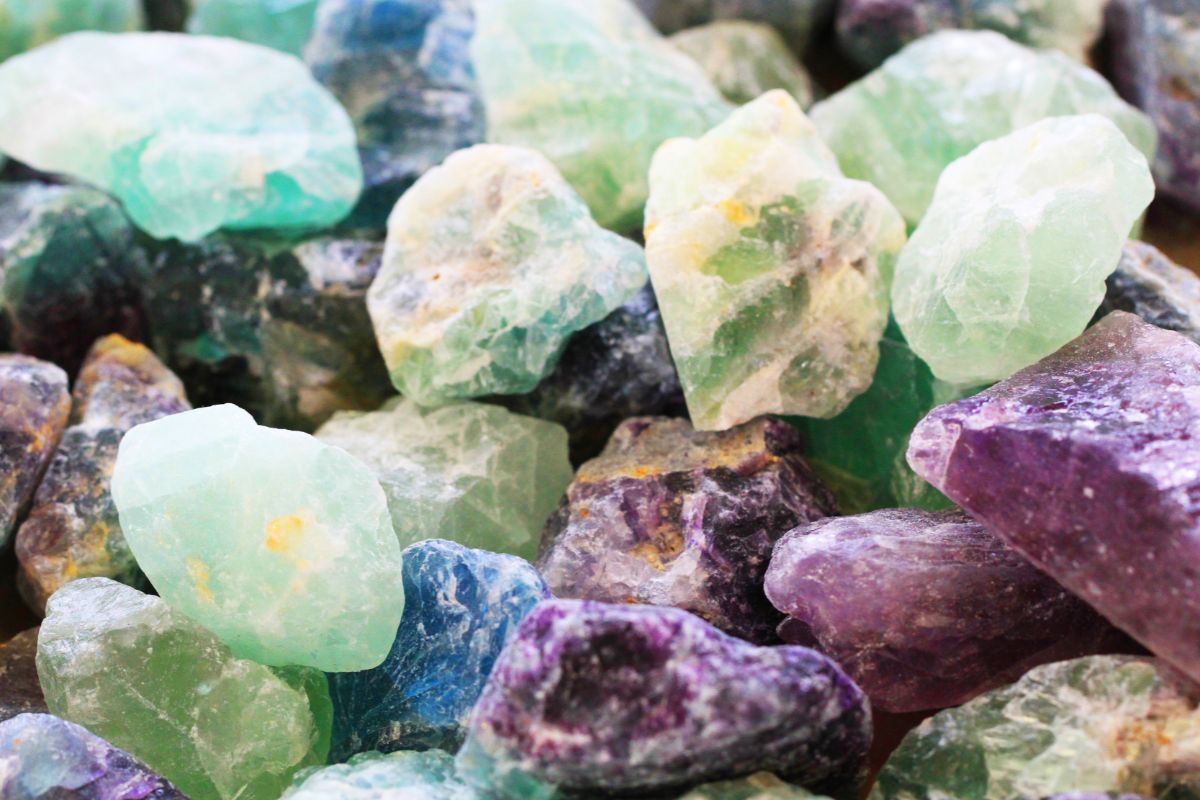
Doing this also promotes your spiritual awareness and makes you more intuitive. The stone is also thought to help you in recalling your past life and in achieving a spiritual awakening.
Some people have also had luck with using amethyst to help with relieving insomnia, but also in remembering dreams which have been forgotten, this is why so many people like having it as a crystal to keep in the bedroom.
This is also because it helps with promoting a better memory and getting motivated.
When it comes to physical healing properties, amethyst is thought to aid with boosting your immune system, as well as helping with cell regeneration. Amethyst is also thought to balance your hormones and help with metabolism.
We also referenced how amethyst is also used to help overcome addictions, whether this is alcohol, drugs, food, sex, or whatever might be bothering you. If you also frequently deal with migraines and headaches, amethysts are also meant to help with this as well.
How To Tell The Difference Between Purple Fluorite And Amethyst?
Since these stones are both similar in their color and partially by their appearance, it can be hard to distinguish between them, that is why we are using this section to give you some advice to tell them apart.
Hardness
Perhaps the easiest way to tell purple fluorite and amethyst apart is to test their hardness. This will be you testing how high the resistance of a crystal is, with one of the most common methods being scratching the object with something you already know the hardness of.
It will leave a mark if it is harder, but if it is not harder than it will not leave a mark. For example a knife blade tends to be less than 7 on the MOHs scale, but more than 5, so a knife would be able to scratch purple fluorite but not amethyst.
Of course you will want to be careful when going this test, and try to control your scratch as much as possible so you do not damage the stone too much.
Appearance
If you have a raw piece of amethyst, then it should not be too hard to try and tell whether it is amethyst or purple fluorite by looking at the shape of the crystal.
For example, purple fluorite tends to form a cubic shape with its crystals, and it also has a vitreous luster, whereas an amethyst will have conchoidal fracture faces, as well as hexagonal points similar to a clear quartz.
You could also try putting your raw crystal (see also ‘7 Beautiful Raw Crystals‘) in front of a light source, it should be quite easy to look through your purple fluorite when you are doing this, however an amethyst is a lot harder to see through being more opaque.
If your crystal has been polished, a piece of purple fluorite will sometimes have bands of other colors like white, pink, or occasionally green, whereas a sphere of amethyst will usually just be purple, however they occasionally have white bands.
Summary
Both purple fluorite and amethyst are incredibly beautiful and useful crystals which you should definitely consider adding onto your collection, and even though it might be hard to tell them apart at time, they do both look slightly different and have different uses and healing properties.
As you can tell from this amethyst is one of the most popular minerals, whereas purple fluorite is a bit more obscure. However, they can both complement each other in use and appearance, so if you are struggling to choose between the pair, they can work very well together.
If you are struggling to tell them apart, the knife hardness test is the best method to use, but make sure you are being safe with this!
- 15 Crystals That Cannot Be Exposed To The Sun - January 7, 2024
- Malachite Vs Fuchsite – Benefits And Uses - January 7, 2024
- Malachite Vs. Green Jasper: Benefits And Uses - January 7, 2024



